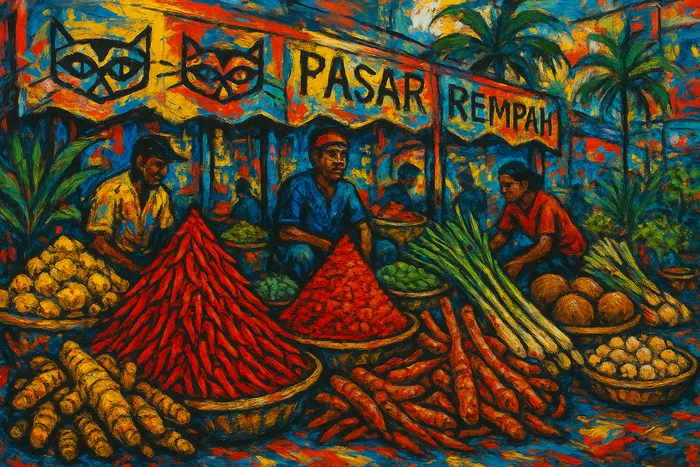travel
Japan: Precision and Seasonality

Raccook
November 1, 2024
2min read

Japan: Precision and Seasonality
Japan's approach to food is like no other. After spending two months eating my way through Tokyo, Kyoto, and Osaka, I'm still processing the experience. It's not just about taste - it's about respect for ingredients, seasonality, and presentation.
The Philosophy of Washoku
Japanese cuisine (washoku) is built on five principles:
- Five colors: White, black, red, yellow, green
- Five tastes: Sweet, sour, salty, bitter, umami
- Five methods: Raw, grilled, steamed, boiled, fried
- Five senses: The meal should appeal to all senses
- Five attitudes: Respect and gratitude
Tokyo - Traditional Meets Modern
Tokyo defied my expectations. Yes, you can find incredible Tsukiji Sushi Breakfast, but the city's strength lies in its specialists. The ramen at Ichiran Shibuya Review was a religious experience. Making my own Perfect Sushi Rice at home helped me appreciate the foundations of Japanese cooking even more. Don't miss trying Oyakodon at a local chain - sometimes the simple dishes are the most satisfying.
Kyoto - Kaiseki and Tradition
Kyoto is where I truly understood seasonality. My kaiseki experience at Kikunoi Review was like edible poetry - each course reflecting the exact moment in autumn. The Kyoto Tofu Journey showed me how one ingredient can be transformed in countless ways.
Osaka - Street Food Paradise
Osaka's food scene is more casual but no less delicious. Takoyaki Street Feast captures the energy of Dotonbori. The city's soul food culture is the perfect contrast to Kyoto's refinement.
Essential Experiences
- Seasonal ingredients: Sakura in spring, matsutake in fall
- Knife skills: Watch a sushi master at work
- Izakaya culture: Informal dining at its best, featuring dishes like Japanese Cucumber Sunomono
- Convenience store food: Seriously, it's incredible
Recipes to Master
- Perfect Sushi Rice - The foundation of good sushi
- Oyakodon - Comfort food at its finest
- Miso Glazed Eggplant - Simple but perfect
Key Ingredients
- Dashi: The foundation of Japanese cooking
- Miso: Far more varieties than you'd expect
- Soy sauce: Artisanal versions are revelatory
- Mirin: Real mirin vs. supermarket versions
The Japanese Cucumber Sunomono exemplifies this restraint. Compare this to Mexico's bold flavors or Peru's biodiversity - Japan shows that restraint can be just as powerful as complexity. The attention to detail here influenced every dish I've cooked since returning home.
For more on specific experiences, check out my Tokyo 48 Hours guide or my thoughts on Japanese Breakfast Culture.







